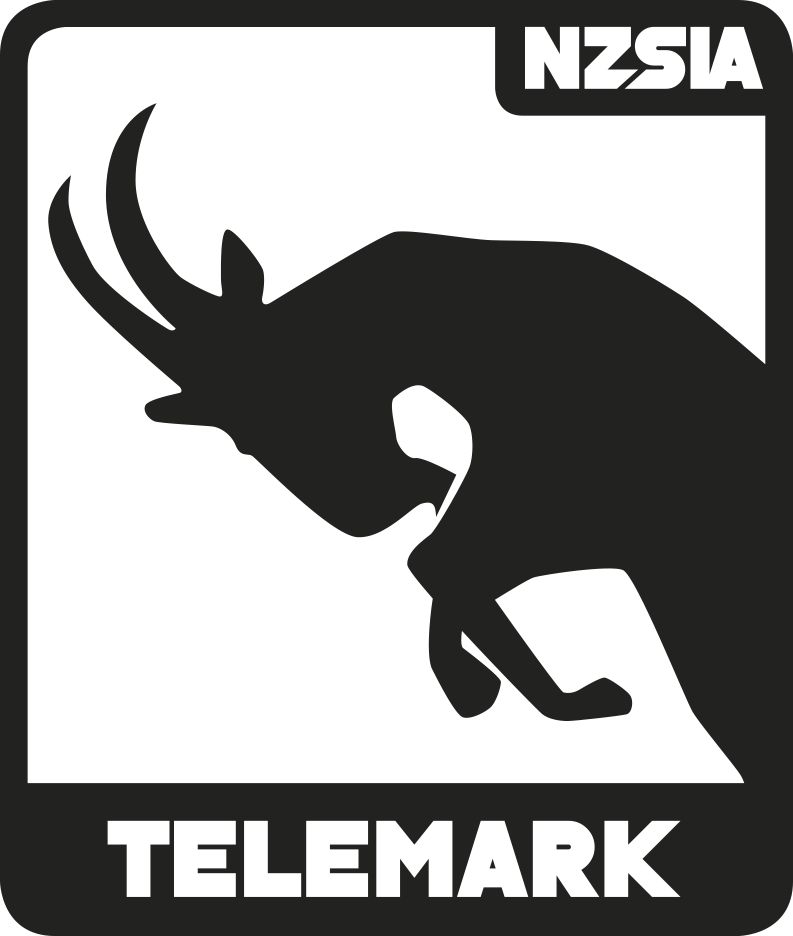Using, Adapting and Creating Progressions covers the ways that you can structure, deliver and prepare for lessons. Learn how to put together activities to develop new skills, structure presentations and deliver information. Understand how to create longer teaching sessions to explore the mountain and continue to develop skills.
Skill Acquisition Progression Building
Let’s now look at decision-making and progression building in relation to skill acquisition. The process a student goes through when learning a new skill will influence the type of activities an instructor uses (see Skill Acquisition).
Here are some ideas about the types of activities that suit each learning phase:
Cognitive Phase
In the cognitive phase, the student needs to develop an understanding of the skill being taught. Visually, they need to be able to identify what success looks like and also recognise the difference between their current performance and the desired outcome.
Activities and Techniques:
Associative Phase
In the associative phase, the student is working on refining the skill and associating the difference between right and wrong. At this stage, there should be lots of doing and less listening.
Activities and Techniques:
Autonomous Phase
In the autonomous phase, the student is able to perform the skill with minimal effort and thought. At this stage, the skill can be challenged in various ways, and students should have the freedom to practice and self-analyze. This phase often involves less direct instructor involvement, with the student taking more control over their learning process.
Activities and Techniques:


